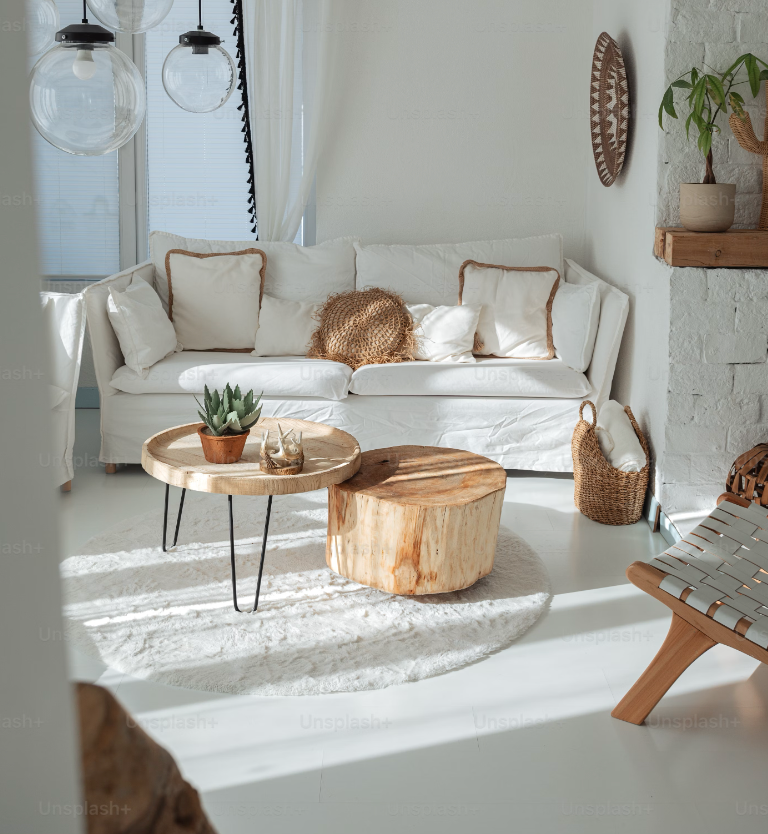In the world of interior design, there is a delicate dance between aesthetics and practicality. While creating visually stunning spaces is crucial, ensuring that these spaces are functional for everyday use is equally important. This is where the art of balancing form and function in interior design comes into play. In this article, we will explore how interior designers, like Artefirma, master this art to create spaces that not only look beautiful but also serve their intended purpose seamlessly.
Understanding the Essence of Form and Function
To appreciate the art of balancing form and function, it's vital to understand the fundamental principles behind these two aspects of design:
-
Form: Form refers to the visual appeal of a space. It encompasses everything from the choice of colors, materials, and furniture to the layout and overall aesthetics. Form is what makes a space visually pleasing and sets the tone for its ambiance.
-
Function: Function, on the other hand, relates to the practicality and usability of a space. It involves factors like layout efficiency, the arrangement of furniture, accessibility, and how well the space caters to the needs of its users. A functional space is one that not only looks good but also works well.
The Challenge of Balancing Form and Function
Balancing form and function can be a challenging task for interior designers. Often, clients have a vision of a space that is aesthetically pleasing, but they may not consider how that vision aligns with the practical requirements of the space.
This challenge becomes more complex when designers work on diverse projects such as residential homes, corporate offices, or hospitality venues. Each type of space has its unique functional needs, and the design must cater to these specific requirements while maintaining a visually appealing form.
Artefirma's Approach
Artefirma, a leading interior design company, excels in striking the perfect balance between form and function. Here's how they achieve this art:
-
In-Depth Client Collaboration: Artefirma believes that effective collaboration with clients is key to achieving the right balance. They work closely with their clients to understand their needs, preferences, and the purpose of the space.
-
Space Analysis: Before diving into the design phase, Artefirma conducts a thorough analysis of the space. This includes assessing the flow of movement, identifying potential bottlenecks, and understanding how the space will be used daily.
-
Customization: Artefirma embraces customization, tailoring each design to the specific needs of the client and the space. This approach allows them to create functional spaces that also reflect the client's personality and style.
-
Material Selection: The choice of materials is critical in achieving the balance between form and function. Artefirma selects materials that not only look exquisite but also offer durability and ease of maintenance.
-
Layout Optimization: The layout of furniture and fixtures is meticulously planned to maximize space utility. This ensures that every square foot serves a purpose and enhances the overall functionality of the space.
The Impact of a Well-Balanced Design
When form and function are in harmony, the result is a space that not only pleases the eye but enhances the quality of life for its users. A well-balanced design can:
- Improve efficiency in the workplace, leading to increased productivity.
- Create a relaxing and welcoming atmosphere in homes, promoting a sense of well-being.
- Enhance the overall experience in hospitality venues, leaving a lasting impression on guests.
In conclusion, the art of balancing form and function in interior design is a testament to the creativity and expertise of designers like Artefirma. By understanding the unique requirements of each space and harmonizing aesthetics with practicality, they create interiors that are not only visually stunning but also highly functional. It's this delicate balance that transforms spaces into works of art, enriching the lives of those who inhabit them. When it comes to interior design, it's not just about making a space look beautiful; it's about making it work beautifully too.

